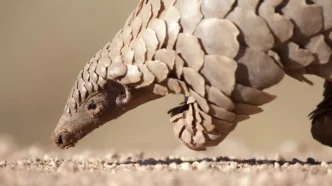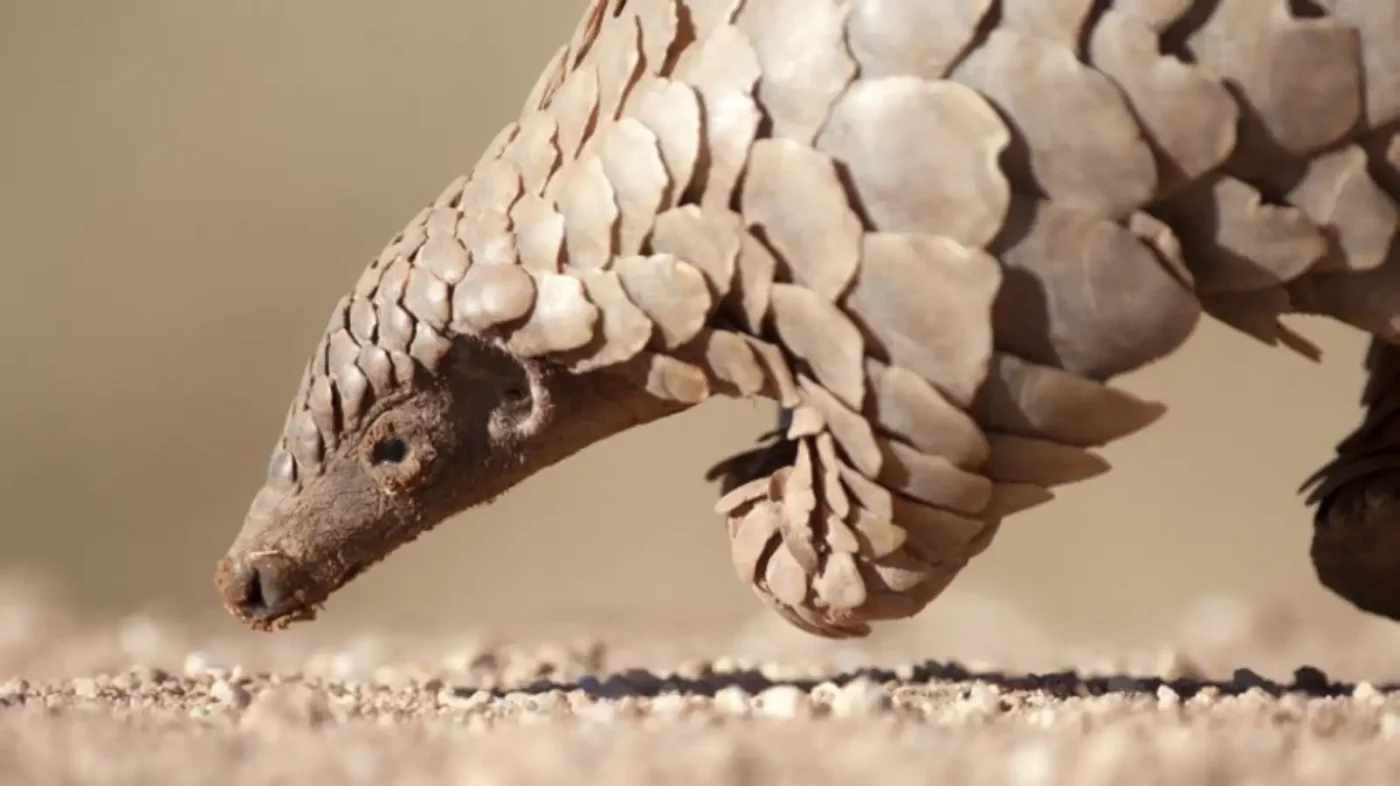Singapore, a global hub for trade and transit, has recorded an alarming rise in animal smuggling cases at its borders in 2024, with authorities intercepting 42 incidents—the highest number in recent years. The surge, reported by border control and wildlife protection agencies, underscores the persistent challenge of wildlife trafficking in the region and raises questions about the effectiveness of current enforcement measures. As illegal trade threatens biodiversity and public health, officials and conservationists are calling for stronger regional cooperation and stricter penalties to curb this illicit activity.
Rising Incidents at the Border
In 2024, Singapore’s Immigration and Checkpoints Authority (ICA), in collaboration with the National Parks Board (NParks), detected 42 cases of attempted animal smuggling, a significant increase from previous years. These incidents involved a range of species, from exotic reptiles and birds to endangered mammals, often concealed in luggage, cargo shipments, or modified vehicles at checkpoints like Woodlands and Tuas. Many of these animals were destined for black markets across Southeast Asia or beyond, where demand for exotic pets and traditional medicine ingredients remains high.
Officials noted that smugglers have become increasingly sophisticated, using advanced concealment methods to evade detection. In one notable case, a shipment of rare tortoises was hidden within a consignment of fruit, discovered only through routine X-ray scans. Such tactics highlight the growing complexity of the trade and the need for enhanced technology and training at border points. While exact figures on the value of seized animals are unavailable, wildlife experts estimate that the black market trade in the region runs into millions of dollars annually.
Impact on Biodiversity and Public Health
The spike in smuggling cases poses a severe threat to global biodiversity, with many of the intercepted species listed as endangered under the Convention on International Trade in Endangered Species of Wild Fauna and Flora (CITES). Species such as pangolins, often trafficked for their scales, and rare birds like the Bali myna, prized by collectors, face heightened risks of extinction due to illegal trade. Singapore, despite its small size, serves as a critical transit point for such trafficking networks, linking source countries in Africa and South America to consumer markets in Asia.
Beyond environmental concerns, the smuggling of live animals raises significant public health risks. Poorly handled or stressed animals can carry zoonotic diseases—illnesses transmissible from animals to humans. Conservationists point to past outbreaks, such as SARS, which was linked to wildlife markets, as a stark reminder of the potential dangers. “The illegal wildlife trade isn’t just an environmental issue; it’s a public health crisis waiting to happen” said a spokesperson for a regional wildlife protection group during a recent press briefing. Authorities in Singapore have stressed that intercepted animals are quarantined and tested to prevent any disease spread, but the sheer volume of cases in 2024 has strained resources.
Enforcement Challenges and Regional Dynamics
Despite Singapore’s reputation for stringent laws and efficient enforcement, the rise in smuggling cases reveals gaps in the system. Border officials face challenges in detecting well-hidden contraband, especially as smugglers adapt to new technologies and enforcement tactics. Moreover, while penalties for wildlife trafficking in Singapore are severe—including fines of up to SGD 500,000 (US$375,000) and jail terms of up to six years—deterrence remains limited when profits from the trade often outweigh the risks.
Regional dynamics further complicate the issue. Singapore’s role as a transit hub means that much of the smuggling originates from or is destined for neighboring countries with varying levels of enforcement and legal frameworks. For instance, porous borders in parts of Southeast Asia allow smugglers to transport animals overland before reaching Singapore’s ports. Experts argue that without coordinated regional efforts, such as intelligence sharing and joint operations, tackling the trade at its source will remain elusive. “Singapore can’t solve this alone; it requires cooperation with countries across the supply chain” said a wildlife policy analyst based in the city-state.
Additionally, corruption and lax enforcement in some neighboring regions enable trafficking networks to thrive. While Singapore has worked with organizations like INTERPOL and the ASEAN Wildlife Enforcement Network to disrupt these networks, progress has been uneven. In 2024, several high-profile seizures at Singapore’s borders were linked to syndicates operating out of multiple countries, highlighting the transnational nature of the crime.
Public Awareness and Legal Reforms
Addressing demand is another critical piece of the puzzle. In Singapore and across Asia, cultural practices and the exotic pet trade drive the market for smuggled animals. NParks and local non-profits have ramped up public awareness campaigns in 2024, educating citizens about the ecological and ethical consequences of purchasing illegal wildlife products. School programs and social media initiatives aim to shift attitudes, particularly among younger generations, with messages emphasizing the cruelty and environmental harm caused by the trade.
On the legal front, there have been calls for even tougher penalties and faster prosecution processes. Some activists advocate for Singapore to lead by example, pushing for lifetime bans on individuals convicted of trafficking from entering or transiting through the country. Others suggest leveraging technology, such as AI-driven detection systems at borders, to stay ahead of smugglers’ tactics. While no specific reforms have been announced as of late 2024, discussions between government agencies and conservation groups are reportedly underway.
Global Context and Singapore’s Role
Singapore’s struggle with animal smuggling mirrors a broader global challenge. The United Nations Office on Drugs and Crime (UNODC) estimates that wildlife trafficking is one of the largest illicit trades worldwide, alongside drugs and human trafficking, generating billions of dollars annually for criminal networks. For small but strategically located nations like Singapore, the burden of enforcement is disproportionately high due to their role as transit points.
Yet, Singapore’s position also offers an opportunity. As a leader in governance and technology within Southeast Asia, the city-state is well-placed to pioneer innovative solutions to combat trafficking. Partnerships with international bodies and investment in border security could set a precedent for other nations in the region. In 2024, Singapore hosted a regional summit on wildlife crime, where officials pledged to strengthen cross-border collaboration—a step that conservationists hope will yield tangible results in the coming years.
Looking Ahead
As Singapore grapples with a record number of animal smuggling cases in 2024, the stakes for wildlife, public health, and regional security remain high. While authorities have made significant seizures and raised awareness, the persistent rise in incidents suggests that current measures are only addressing the symptoms of a deeper, more systemic issue. With smuggling networks growing more sophisticated and demand for illegal wildlife products showing no signs of abating, the path forward will require not just national resolve but a unified regional and global effort.
For now, each interception at Singapore’s borders represents a small victory in a much larger battle. Whether these efforts can stem the tide of wildlife trafficking—or whether 2024’s record will be surpassed in the years ahead—remains an open question, one that conservationists, policymakers, and citizens alike are watching closely.
















